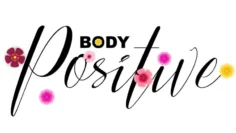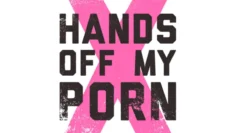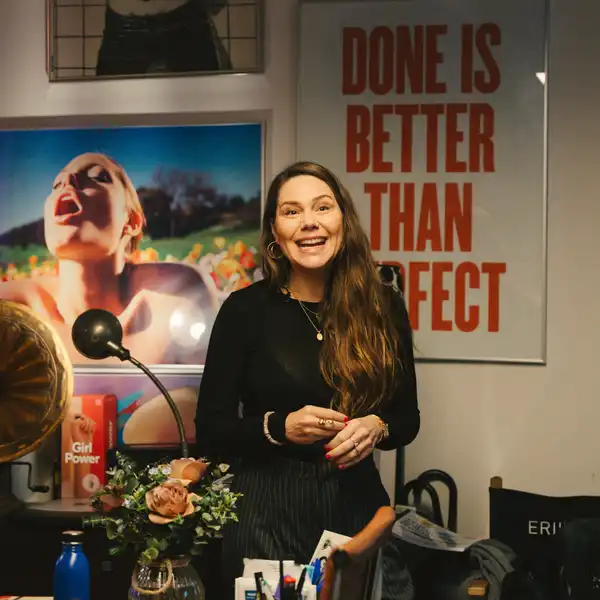
Reimagining Erotic Cinema Through Erika Lust’s Lens
In a landscape dominated by mass‑produced adult content, Erika Lust’s studio stands out not just for its aesthetics or feminist positioning, but for what might be called a self‑aware studio—a production house that constantly reflects on its own ethics, process, and the politics of desire. This isn’t just “porn with better lighting” — it’s a purposeful experiment in culture, power, and intimacy.
Below, I explore what makes Lust’s studio “self‑aware,” how it operates in practice, the tensions it faces, and what it points toward for the future of erotic media.

Who Is Erika Lust — and Why Her Studio Matters
Erika Lust (born 1977 in Sweden) is a prominent figure in the feminist/ethical pornography movement. She began making erotic short films in the early 2000s, with her 2004 short The Good Girl going viral after being released freely.
This success allowed her to found Lust Films, her production company, with a goal of bringing more intentional, pleasure‑oriented, narrative-driven erotic cinema to a market flooded with formulaic content.
Over time, her operations expanded: she launched LustCinema (an online erotic cinema / streaming site), built the crowd‑sourced fantasy project XConfessions, and adopted a philosophy of transparency, actor consent, and ethical practice.
In short: Lust’s studio is significant not only as a commercial venture in adult media, but as a site of experimentation around how erotic content can be made responsibly, reflectively, and as a form of cultural engagement.
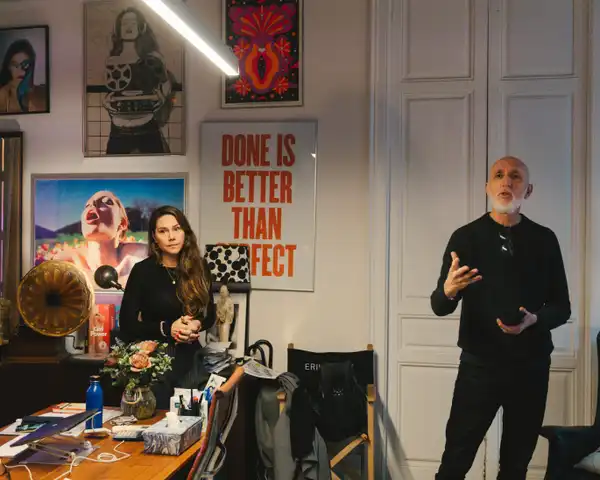
What Does “Self‑Aware Studio” Really Mean?
When I say “self-aware studio,” I mean a production entity that:
Reflects on its own positionality and power dynamics — not just the content but the conditions, the relationships, the economics.
Integrates ethics into every stage: from casting to contracts, to intimacy coordination, to distribution.
Acknowledges constraints, contradictions, and tensions in the industry — and works (sometimes imperfectly) to navigate them.
Invites audience engagement and critique rather than hiding behind illusions of neutrality or “just entertainment.”
In Erika Lust’s case, many of these principles manifest quite tangibly.
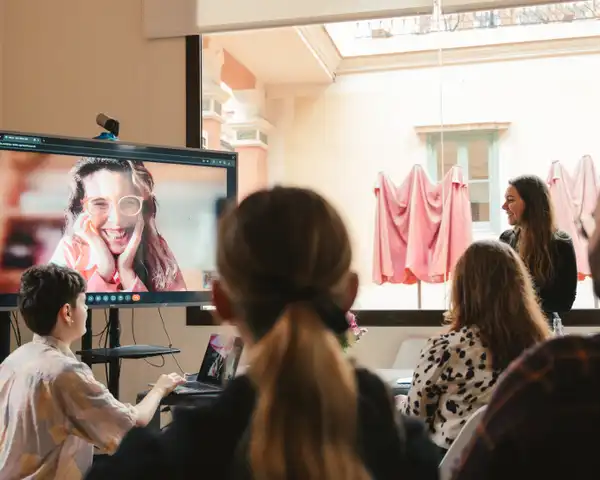
How Lust’s Studio Practices Self‑Awareness (In Production, Process, & Distribution)
Here are some of the concrete ways Lust’s operation embodies self‑awareness:
1. Consent, boundaries, and intimacy coordination
Lust employs intimacy coordinators (e.g. Anarella Martinez) to help mediate on-set dynamics, plan scenes with respect to performers’ desires and boundaries, and watch for nonverbal cues during filming.
Before filming, performers fill out detailed questionnaires about preferences (condom use, lubrication, limits). During shoots, coordinators may intervene, check in, and maintain a “sacred space” for dialogue.
Lust herself acknowledges the importance of such checks: because she has so much investment in the outcome, she needs someone else (the coordinator) to step in and protect performers’ agency.
This commitment frames consent as ongoing, relational, and dynamic — not a one‑time checkbox.
2. Crowd‑sourced desire & narrative democratization
Lust’s XConfessions platform invites the public to anonymously submit erotic fantasies or sexual stories; the studio then picks a few to adapt into short films.
This is a deliberate decentering of auteur control: instead of simply inventing stories from her own imagination, Lust allows desire (from disparate bodies) to feed into the creative pipeline. It gives voice to more diverse fantasies — though, of course, the studio still filters, edits, frames.
This approach helps the studio “check itself” by exposing itself to a wider variety of erotic imaginations than it might otherwise conceive.
3. High production values + narrative ambition
Rather than “gonzo” or quick, bare‑bones erotic shoots, Lust invests serious budgets ($20,000–$40,000 or more) and cinematic production values: multi-camera rigs, lighting design, post-production color, sound design, editing.
Scripts, casting, rehearsals, set design — all are treated as integral parts of the erotic storytelling.
This helps shift erotic content from a “cheap commodity” realm into the space of art and intentional media.
4. Transparency and openness about obstacles
One hallmark of a self-aware studio is acknowledging the challenges it faces: financial barriers, stigma, distribution blockages.
For instance:
Erika’s team describes repeatedly how banks and payment processors flag erotic content as “high risk,” cancelling transactions or blocking payments.
The studio openly admits it lacks access to usual film tax subsidies or mainstream financing because of content classification.
They publish internal frustrations and talk about how every department — tech, legal, marketing — is forced to adapt to bias against erotic content.
They are willing to place teaser videos or works on free tube platforms to drive discovery, even though that contradicts some of their premium / paid content ideals.
These admissions allow the project to be reflexive: they don’t pretend the problems don’t exist, but try to strategize around them.
5. Experimentation in new media & immersive forms
Erika Lust’s operation is branching into audio erotica, immersive installations (House of ERIKALUST), and XR / augmented reality content.
Her “Layers of Reality” arm works on content that crosses boundaries of medium: the goal is to transform how we experience eroticism — not just watch it.
This signals that the self-awareness isn’t static — the studio is willing to evolve its methods as technology and culture shift.

Tensions, Critiques & Imperfect Realities
Of course, no “ethical studio” is perfect. Recognizing contradictions is part of self-awareness. Some of the tensions and critiques include:
Access vs exclusivity: High production costs mean the studio must rely on paid subscriptions or sales. That places it out of reach for many and competes uneasily with free porn norms.
Selection, filtering, and editorial control: Even though fantasies come in from audiences, the studio still filters, censors, frames, edits. The “voice” of the studio is still present. Some critics argue this means it can reproduce norms or biases.
Stigma and structural barriers: The marketplace, legal jurisdictions, and banking systems often refuse to cooperate with erotic content providers. Even as Lust’s team is vocally aware of that, they must still live within those constraints.
Scale vs depth: To maintain financial viability and growth, there’s pressure to scale — but scaling risks diluting the intimacy, care, or intentionality that define the approach.
Class, racial, and cultural dynamics: A European/Western queer/feminist orientation can still default toward certain bodies, aesthetics, or narratives. The question of truly decolonial or cross-cultural erotic voice is an ongoing challenge.
Reception & consumption ethics: Even if the production is careful and consensual, how viewers consume the content, interpret it, or integrate it into their fantasies is beyond the studio’s control.
Acknowledging these contradictions is not a flaw — in fact, it’s a mark of self-awareness. The question is whether the studio remains open to critique, adaptation, and accountability.
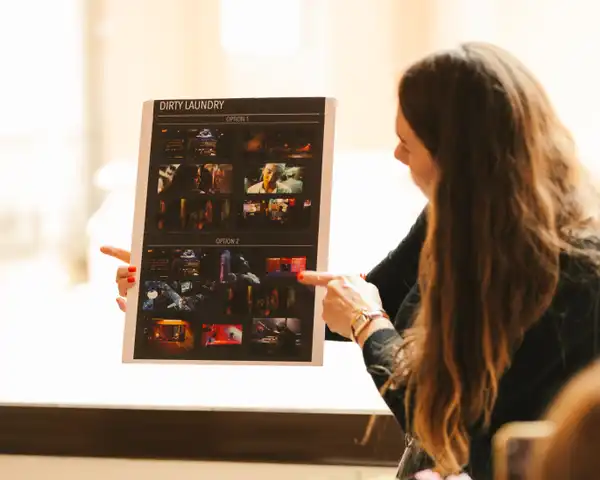
Why It Matters: Cultural, Ethical & Industry Impacts
The idea of a “self-aware studio” in erotica is more than a niche branding — it has implications:
Raising the bar for performer treatment: If more erotic producers adopt similar practices — intimacy coordinators, boundary protocols, mental health supports — the industry standard can shift.
Changing the discourse around porn: By being open about process, politics, and obstacles, Lust’s studio reframes pornography as a site of aesthetic, ethical, and cultural inquiry — not merely consumption.
Diversifying erotic imaginaries: Crowd-sourcing fantasies, experimenting with formats, and refusing porn’s typical “taste profile” gatekeeping can expand what erotic media looks like and whom it speaks to.
Challenging financial & infrastructural barriers: By pushing back against banking bans, payment restrictions, and content classification, Lust’s model forces broader systems to confront their moral and legal assumptions about sexuality.
Cultivating erotic literacy: Alongside her film work, Lust also advances sex-positive education (for instance via “The Porn Conversation”) — linking erotic content to conversations about consent, desire, and media literacy.
In sum: the self-aware studio is not only about better porn — it’s about rethinking our cultural relationship to eroticism, power, and representation.
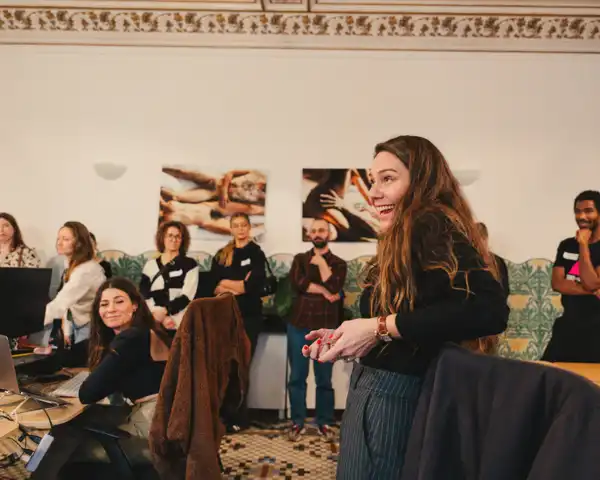
Looking Ahead: What’s Next for Self‑Aware Erotic Studios?
If we extrapolate from what Lust is doing, here are possible directions we might see more of in this space:
Decentralized erotic co‑ops or collectives: Studios owned or governed collaboratively by performers, technicians, and audiences, rather than a single auteur.
Open-source erotic media tools: Shared platforms, consent frameworks, and production tools designed specifically for erotic/explicit media, reducing reliance on hostile corporate tools.
Augmented and virtual erotic experiences: As AR/VR, haptics, and sensorial tech mature, erotic storytelling may become multi-sensory, immersive, and embodied.
Cross-disciplinary art erotica: Collaborations with performance art, theater, dance, and installation — eroding the distinction between “art” and “porn.”
Greater regional, cultural, and linguistic diversity: Studios grounded in non‑Western erotic traditions and languages, reinterpreting what erotic media “looks like.”
Hybrid monetization & micro‑patronage: Models combining subscriptions, tipping, NFTs, micropayments, and community support to circumvent banking and platform censorship.

Conclusion
Erika Lust’s studio is more than a boutique erotic film producer — it is a living experiment in what it means to make sexual media with care, reflection, and cultural ambition. As “self-aware studio,” it holds itself accountable to the very values it espouses: consent, diversity, narrative depth, and systemic critique.
While challenges abound — market pressures, structural stigma, internal contradictions — the act of acknowledging and wrestling with them is part of what gives Lust’s project its moral and creative force.
If erotic media is to evolve beyond commodified spectacle, projects like Lust’s offer one of the clearest maps forward: a studio that not only makes erotic content, but thinks about why, how, and for whom — constantly.






